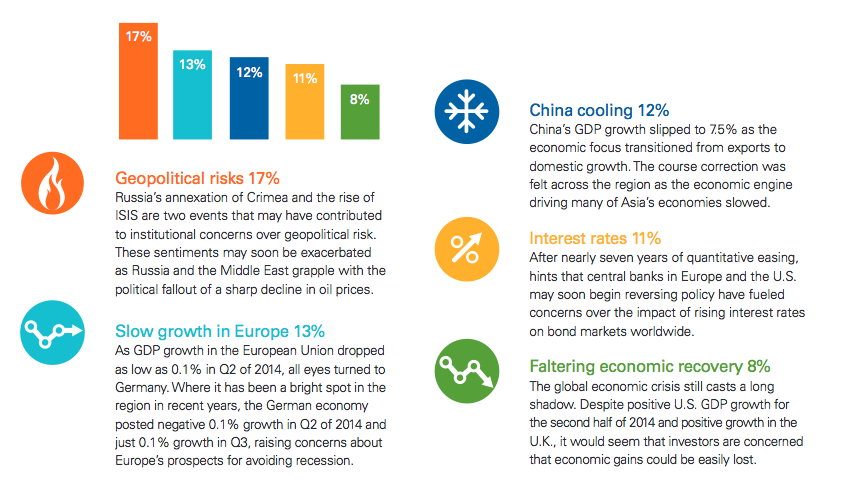
The State of Wisconsin Investment Board announced Wednesday that the state’s retirees will receive a “modest” boost in pension benefits this year.
The benefit increase will kick in around May, said a board spokeswoman.
Meanwhile, employee contribution rates will likely decline.
The boost was triggered by double-digit returns on pension investments in 2014.
From the Wisconsin State Journal:
The trust funds for state employees and retirees saw returns in 2014 that will result in “modest” pension and interest rate increases, the State of Wisconsin Investment Board said Wednesday.
[…]
The changes in retirement checks will occur in May, [said Vicki Hearing, board spokesperson] and the final rate has not yet been set by Department of Employee Trust Funds.
The board has earned positive returns each year since 2009 for the Core Fund and in five of the last six years for the Variable Fund.
Robert Conlin, secretary of the Department of Employee Trust Funds, said in the statement that the returns “mean that the positive momentum will continue in 2015, as we’ll be able to provide retirees another increase in their annuities and contribution rates for active employees and employers should continue their trend lower.”
A breakdown of the investment returns that allowed the benefit increase to happen, from the Wisconsin State Journal:
The $88.7 billion Core Fund, with a diverse portfolio, yielded a preliminary return of 5.7 percent, putting its five-year return at 9.3 percent. The Variable Fund, a stock fund, ended the year with a preliminary return of 7.3 percent and a market value of $7.3 billion.
Both funds ended near the one-year benchmark returns set by the board. The Core Fund is 5.6 percent and the Variable fund is 7.5 percent. For the three-, five- and 10-year periods, both funds are ahead of their benchmarks, according to Vicki Hearing, board spokesperson.
The Core Fund returned 13.6 percent and 13.7 percent in 2013 and 2012, she said. The Variable Fund returned 29 percent and 16.9 percent in those years.
The State of Wisconsin Investment Board manages $96 billion in pension assets for the Wisconsin Retirement System.
Photo credit: “Flag map of Wisconsin” by LGBT_flag_map_of_Wisconsin.svg: *File:Map of Wisconsin highlighting Bayfield County.svg:Gay_flag.svg:derivative work: Fry1989 eh? 02:44, 12 January 2012 (UTC)Flag_of_Wisconsin.svg:derivative work: Fry1989 eh? 04:51, 14 January 2012 (UTC) – This file was derived from:LGBT_flag_map_of_Wisconsin.svgFlag_of_Wisconsin.svg. Licensed under Public Domain via Wikimedia Commons – http://commons.wikimedia.org/wiki/File:Flag_map_of_Wisconsin.svg#mediaviewer/File:Flag_map_of_Wisconsin.svg









